YLE: Multiplatform & Web Browsing Content
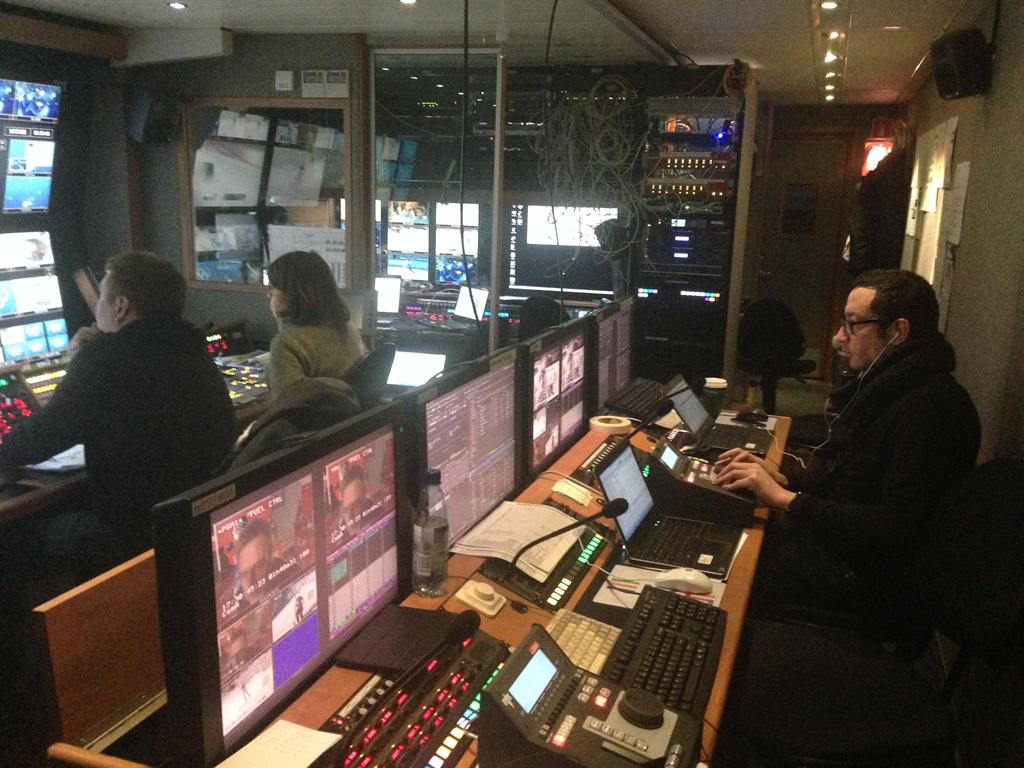
Inside a YLE OB truck in Helsinki
SOCHI — Finland led the world in the consumer mobile phone revolution two decades ago, and in Sochi, Finnish national broadcaster YLE blazed new ground in how a broadcaster can deliver compelling content to today’s generation of computers, smart phones and pad devices.
YLE used a new host broadcaster multiplatform service called the Olympic Video Player, which offers a mix of services based around streamed and clip-based event coverage. In this case YLE added both original programming and extensive commentary in Finnish and Swedish to serve its population with an expected 600 hours of a branded multiplatform service called Sochi Arena.
How were the numbers, in a country of about 5.5 million? Kaj Flood, Senior Technical Advisor, Yleisradio Oy, YLE Production, said the consumer take-up had been impressive.
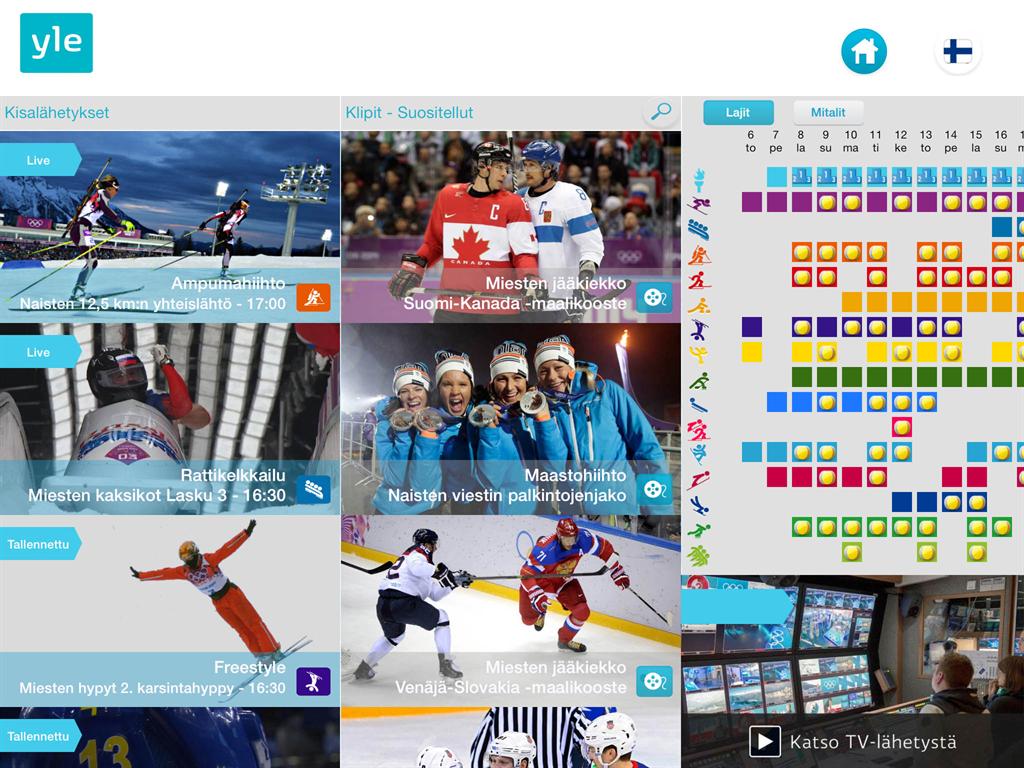
YLE produced about 400 hours of coverage for broadcast, and 600 for computers and other devices. Flood said that according to figures he had just seen from about the Games midpoint, there had been 300,000 OVP downloads, 1.3 million viewing hours and 28 million openings of the app. On the first Thursday of the Games, the app was opened 5.4 million times.
Flood said that the government networks of the second- and third-biggest cities in Finland had capacity issues as so many employees were watching a second screen.
The Sochi Arena effort is an order of magnitude more advanced than the four video streams the broadcaster produced at the London Games. “This is much, much bigger,” said Flood. “There is no way you can go back to the old way anymore, after the OVP video player.”
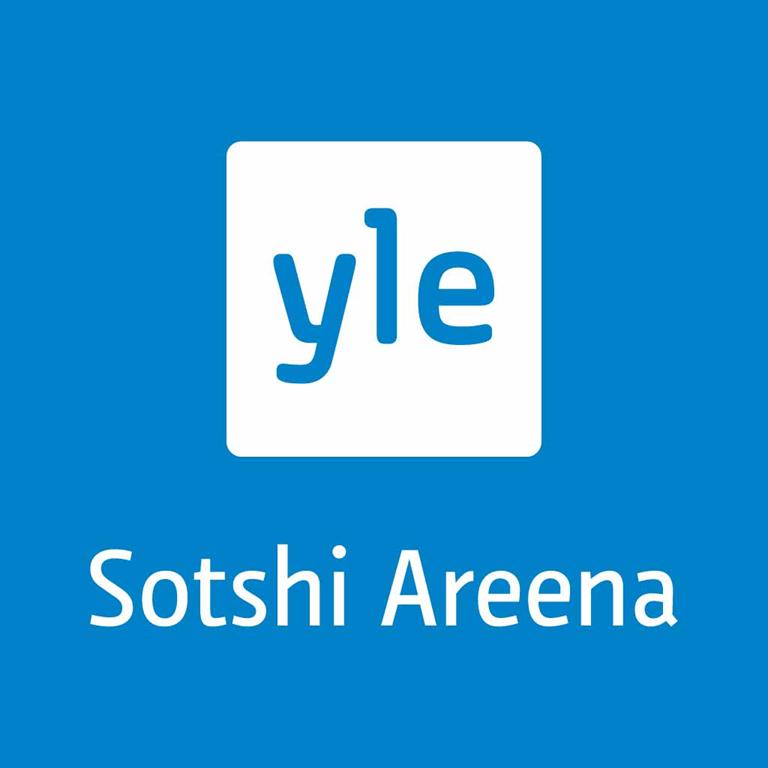
The YLE Areena multiscreen service has produced impressive viewership numbers. YLE also produced 400 hours of traditional “broadcast” coverage. One impressive moment of this output was coverage of the Canadian-Finland ice hockey game, which had peak viewership of 2.1 million viewers, and a 65 percent market share.
MODERN SERVICE, MODERN PRODUCTION TOOLS
YLE produced approximately 1,000 hours of total coverage across traditional television, computer and connected devices. They did this using a split facility, with more than half of the production team operating out of established offices in Helsinki, connected to Sochi via five unilateral video lines.
For example, 14 of 17 off-tube commentary positions were based in Finland. These were an important component of keeping the OVP/Sochi Arena content “Finnish” in character.
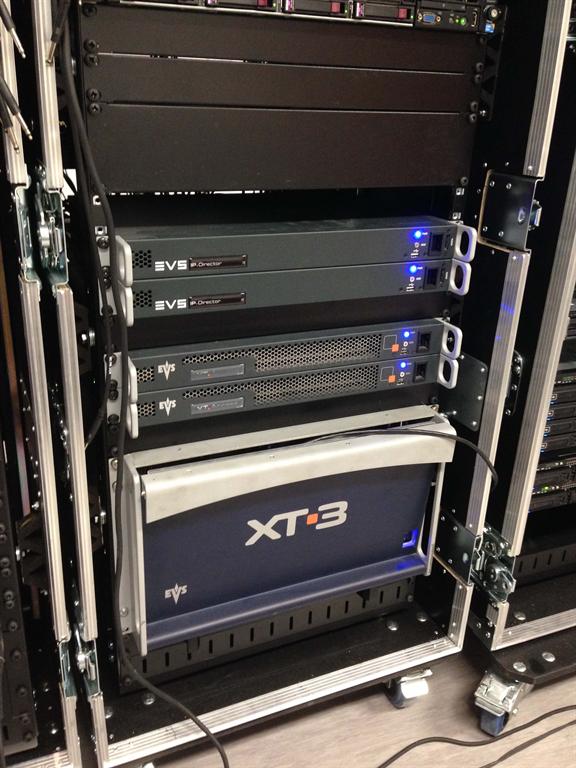
YLE had a single EVSXT3 in Sochi, networked to 7 XT3s in Helsinki. Much of the split design is directly made possible by the networking and file-based connectivity of server systems.
Seven EVS XT3s in Helsinki — four for playout, and three for ingest — are networked to a single XT3 in the Sochi IBC. While most venue feeds of sport content are being taken in via the Multichannel host service, YLE made extensive use of two host browse services that allowed production crews access to all the content logged by host broadcaster OBS.
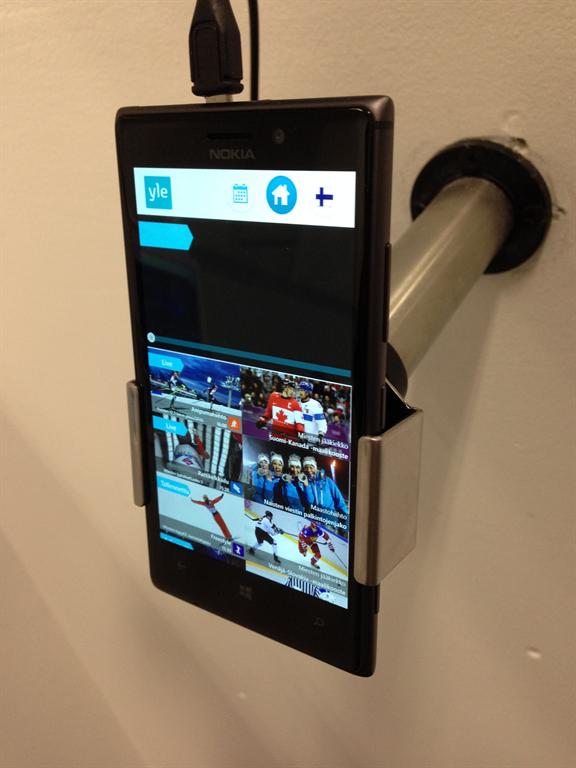
YLE content displayed on a Windows Phone. The single Sochi XT3 was used to ingest content using the host IPBrowse service, with clips accessed via two IPDirector stations. Notably, YLE made extensive use of what will likely be the next big thing in big event production, web-based browsing via the host IPBrowseWeb service.
Flood said YLE had originally planned to have two XT3s in Sochi, but quickly saw that only one was needed, because Helsinki creative personnel could use the Web browser. The ability to browse and access clips over standard connections allowed the broadcaster to keep most of its Avid craft editing crews at home.
The difference between IPBrowse and IPBrowse Web is connectivity. With IPBrowse based on very fast dedicated lines, and IPBrowse Web using the Internet.
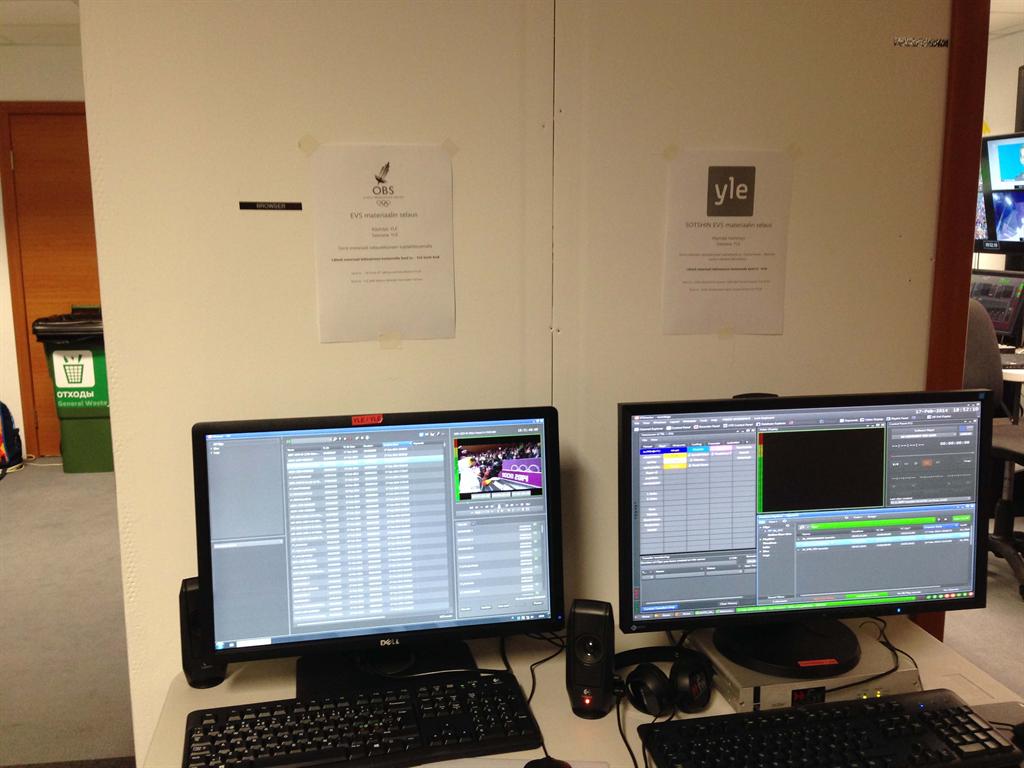
Two IPBrowse stations Flood said that while the general load of the Internet must be taken in to account, the 700 Mbps line ordered for Helsinki was getting the job done for the YLE production teams. The Sochi side of the transfers were more likely to cause some delays. In general, content transfers were occurring at two to three times realtime.
The cost savings possible using this technology are significant. Not only can existing Avid suites at home be used, but more people can stay home. Flood said it might cost up to 10,000 euros to have just one staffer on site at a multi-week event like Sochi, so keeping people home matters.
“We’re going to use it again in Rio, the idea of having the Web Browser in Helsinki,” said Flood. “It is quite clear that it works.”
Get the TV Tech Newsletter
The professional video industry's #1 source for news, trends and product and tech information. Sign up below.

